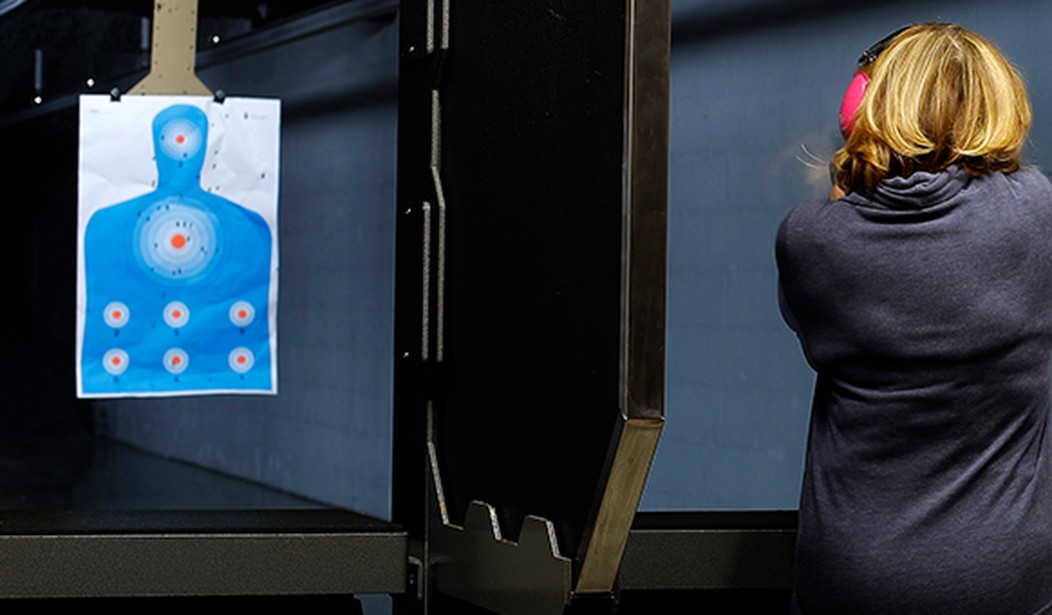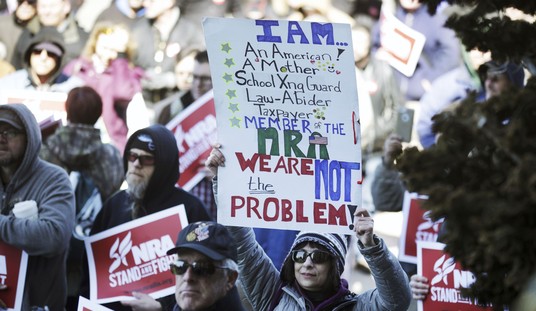The dust from the Illinois “Assault Weapon” and “Large Capacity” magazine ban remains unsettled. As Cam wrote recently, the Seventh Circuit took actions to keep the bans in place while legal challenges continue. Frank Easterbrook, the judge whose decision kept the bans in place, was also in the anti-Rights majority in some other big Second Amendment cases from recent history, namely, McDonald v. Chicago and Friedman v. Highland Park.
There are many anti-Second Amendment judges out there, both liberal and nominally conservative, whose judicial musings are an academic version of, “I support the Second Amendment, BUT…,” while there aren’t many judges who would insist on protecting the Bill of Rights in the face of persistent political and media pressure. Two pro-Rights judges whose names come to mind are U.S. District Court Judge Stephen P. McGlynn (S.D. IL), and Ninth Circuit Court of Appeals Judge Lawrence VanDyke.
What sets these judges apart from your average anti-Second Amendment judges? Look no further than a transcript and an opinion from cases they have heard:
Judge McGlynn in Barnett v. Raoul:
THE COURT: […] So here’s a pistol with a protruding grip. Now suppose you have — many people who are called upon to defend themselves are elderly. They’re people who [have] disabilities. And suppose if they hold a pistol with one hand, because of early stages of Parkinson’s or something, they’re shaky. But with that, they’re able to stabilize it more and it makes it safer for them to use and more accurate for them to use. Would that not be a fair assessment, at least for someone that might be suffering with that disability?
MR. WELLS: So, Your Honor, I — with respect to — again, the particular features, we’re not here today because there are –
THE COURT: I’m here today because of that. I’m really looking at — it looks like all kinds of safety features are made illegal by this statute in an effort to make every possible gun that’s out there, most guns out there, get you tripped up on it. The thumb hole — I mean, the thumb stock, that doesn’t make the bullets any more lethal. It doesn’t make the gunfire any faster, but it makes it easier for the user to aim it and control the weapon, does it not?
The same could be said — you know, even the arm brace, you know, if you have an elderly person that wants to use the handgun, but again, maybe they have diabetic neuropathy […] the arm brace doesn’t make the gunfire any faster or the bullets impact at a higher velocity. […]
Judge VanDyke in Duncan v. Bonta:
Until only a few years ago, if you wanted a “micro-compact” firearm for self-defense (of the type that serves little or no military usage), you were generally limited to a six to eight-round magazine capacity. For example, the KelTec P3AT came with a six-round magazine, as did the Ruger LCP, Glock 43, Kimber Solo, and Walther PPK (of James Bond fame). […] Not too long ago, it was basically impossible to find a lightweight, micro-compact firearm even capable of holding 10 rounds in its magazine.
Then, in 2019, Sig Sauer released the P365, which took the self-defense market by storm because suddenly law- abiding citizens could have the same size micro-compact firearm, but now carrying 12 or 15 rounds in its magazine.
As evident from the above, these judges know and understand guns. They can see through the fallacies of these laws. This is a seeming rarity in the judiciary. I am willing to bet that if most judges opened their mouths to talk about guns in front of a camera, they would sound exactly like anti-Second Amendment legislators who, wallowing in their ignorance, blabber about “.30-caliber magazine clips” (archived), heat-seeking meat-cooking bullets (archived), one-time use magazines (archived), or “the shoulder thing that goes up.” (archived)
Law schools are pipelines into the judiciary. The less ignorance on firearms there is in the judiciary, the lower the chance of abusive laws surviving judicial review. The strategy of the firearms community, especially instructors, should include serious outreach to law school students. Advertise your (ideally free) services in law schools. Organize a group outing to the gun range for students. There are Federalist Society chapters in law schools around the country. Ask them for help with your outreach. (Shameless Plug: there’s more in my book.)
Rooting out gun ignorance is a long-term investment. Law school students are typically in their early 20s, and it may take them another 2–3 decades to get appointed to the judiciary. But the results will be there down the line.
Freedom takes hard work. If we all sit back and don’t put in the effort to nurture it, our children and grandchildren won’t have it. If you’re a firearms instructor reading this, please start outreach to law schools near you. If you’re not a firearms instructor, consider becoming one. Every student’s mind you fortify from ignorance is another safeguard for our liberty.









Join the conversation as a VIP Member